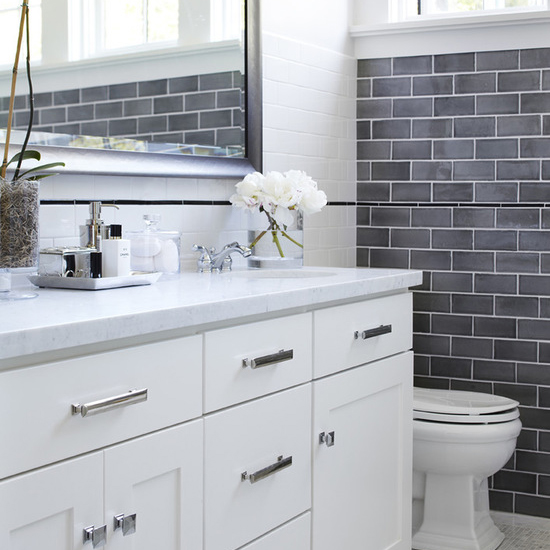
Sanded Grout Versus Non-Sanded Grout
In previous articles, we have discussed lots of things about tile installation, flooring, backsplashes and choosing the right tiles for the application. Here we are, with a complete guide about choosing the best grout for the job. Grout refers to the mortar that is used to bind the tiles (whether on the floor or backsplash). Unlike thin set that is used to connect the tiles with surface, grout serves two purposes; it binds the tiles and it also make tiles water-proof.
Keeping tiles at a certain distance from each other gives the whole floor a better look and that’s why grout is applied to cover that distance. Grouting becomes one of the most important parts of the project in application where tiles have direct contact with water. In stores, you can find many types of grouts that are advertised to be suitable for different jobs but in a nutshell, there are only two types of grout; sanded and non-sanded grout.
What Is the Difference between Sanded and Non-Sanded Grout?
Interestingly, the main difference between sanded and non-sanded grout is already mentioned in their names. Although both of these types have some variations but a sanded grout comes with silicon based sand in it while non-sanded grout is a must more smoother mixture of cement with no sand in it. This difference results in different performance of these grouts in different conditions; for example, sanded grout do not shrink or crack easily but they are only suitable for joints larger than 1/8 inch joints because it would be almost impossible to force that thick mixture into small joints.
On the other hand, non-sanded grout should be used in wider joints because it is not immune to cracking and it gets messed up by continuous interaction with direct water. Now, many of the hardware stores even sell wide joint mixture as a separate product; these mixtures come with a higher ratio of sand and they are recommended for wider joints.
So, The Joint Size Is The Ultimate Factor In Choosing Sanded Or Non-Sanded Grout?
Yes and no; joint size is the most important factor but in some cases the type of tile matters too. As you can imagine, sanded grout can easily scratch glassy surface and polished tiles; so using sanded grout with marble tiles is not a great idea, considering the joints could be covered by non-sanded grout.
Similarly, it is recommended to use sanded grout in floor tiles because it don’t crack or break easily even with lots of traffic on it. That’s pretty much the basics of it and selecting the best grout for a particular job should be based on all of the factors mentioned above.
In Which Cases Sanded Grout is a More Suitable Option?
- Sanded grout must be your first and default choice for any kind of tiling (whether flooring or backsplash installation). It is easily available everywhere and there are lots of available colors to match with your tiles.
- For tile joints with average distance or more, sanded grout is the best option as it binds the tiles perfectly and does not crack easily.
- With all the tiles where possible scratching is not an issue, you can use sanded grout. Most of the time people get professional help for installing polished tiles (because they are more expensive) and with normal tile surface they feel confident to do it on their own. In those cases, sanded grout is a suitable option.
- The price is also a deciding factor here; sanded grout costs almost half than non-sanded grout and the reason is pretty simple; in sanded grout, the sand itself is a big part of the mixture and sand is cheap. On the other hand, in non-sanded grout, expensive chemicals are added to make it smoother.
- Most of the hardware stores keep more color options for sanded grout as compared to non-sanded grout because sanded grout is more popular and widely used.
In Which Cases Non-Sanded Grout is a More Suitable Option?
- Sanded grout might be your first choice, but in some cases where the tile joints are too narrow, it would be practically impossible to use sanded grout because of its thickness and forcing the mixture between tiles is not an option.
- Sanded grout makes it difficult for non-professionals to apply it on vertical surfaces like while installing backsplash or bathroom wall. The non-sanded grout works better in vertical applications because it sticks better than sanded grout.
- As mentioned above, some particular types of tiles like glass, stones, marble and even some types of ceramic and porcelain tiles are easily scratch-able and in such cases using non-sanded grout would be a better idea.
Some Tips and Tricks of Using Sanded and Non-Sanded Grout
Because of the manufacturing process and the color pigments used in non-sanded grout, when you clean the surface with water, the water also carries color pigments with it and as a result the color of grout gets a little lighter than the actual color shown in charts. That’s why it is a better idea to choose a slightly darker shade of grout so you can get the desired color. Asking the in-store assistance about it would be a good idea because this phenomenon might not apply on all of the manufacturers or some manufacturers might have resolved it by improving their color chart.
According to some experts in the field, using non-sanded grout is a double edged sword; it is not only difficult to install as compared to its counterpart but it is also develops cracks with it comes in direct contact with water. The interaction with water can also lead to mold within tile joints and that particular issue could only be resolved by getting professional help to remove grout and re-install it.





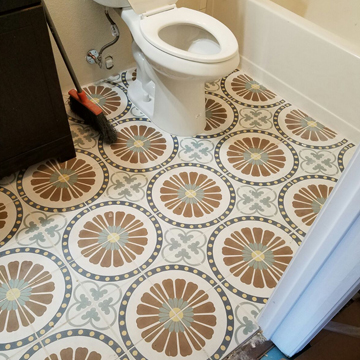
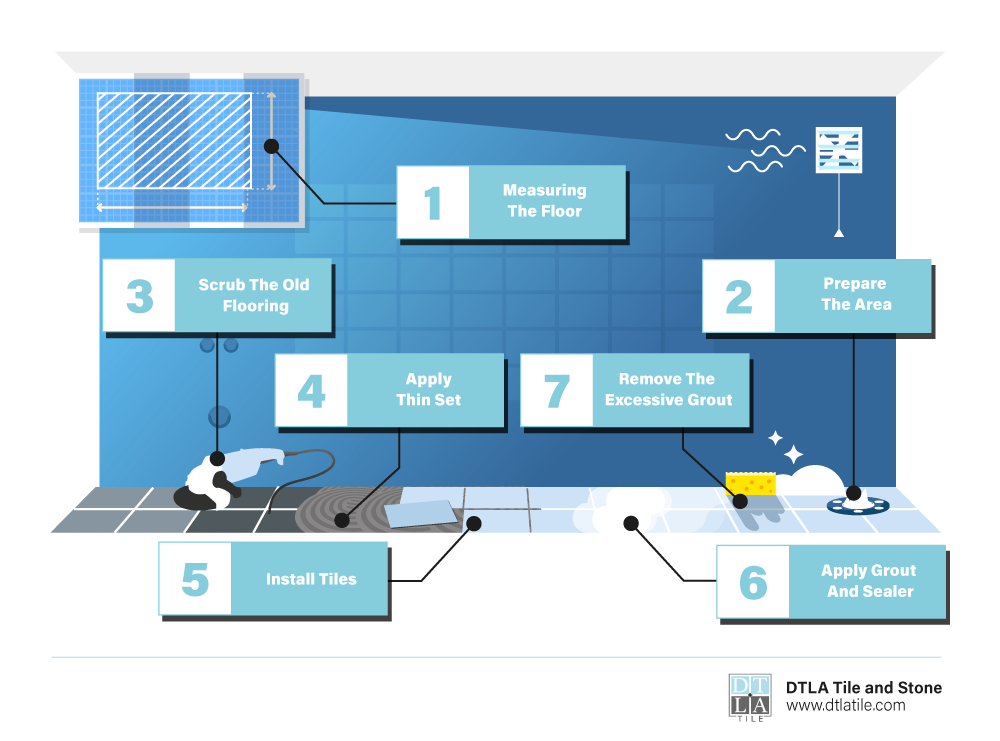
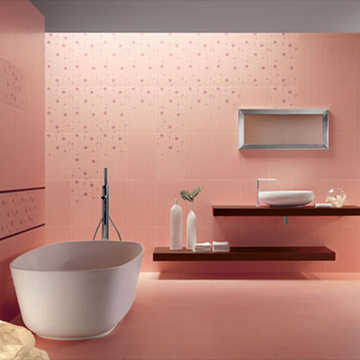
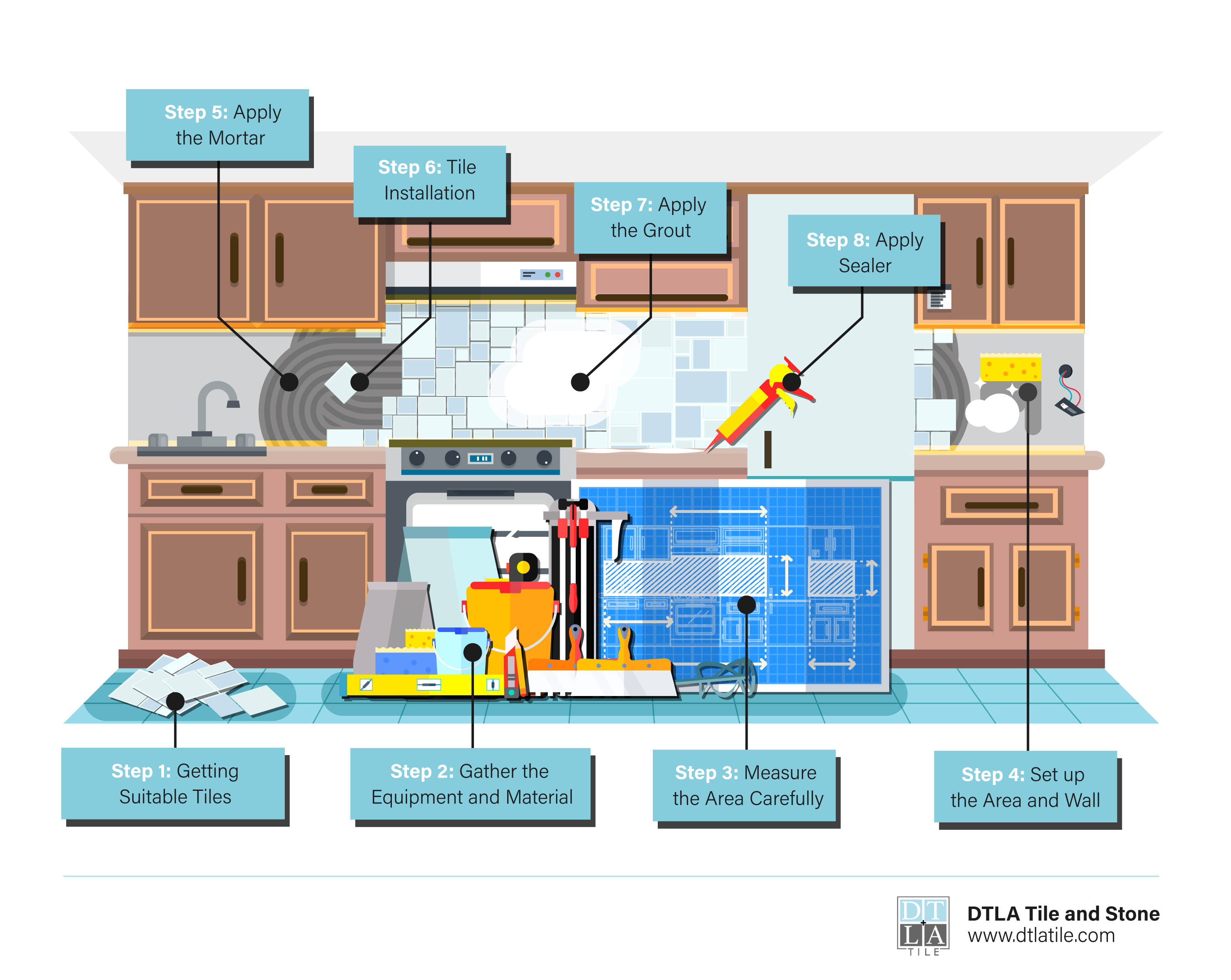




Recent Comments